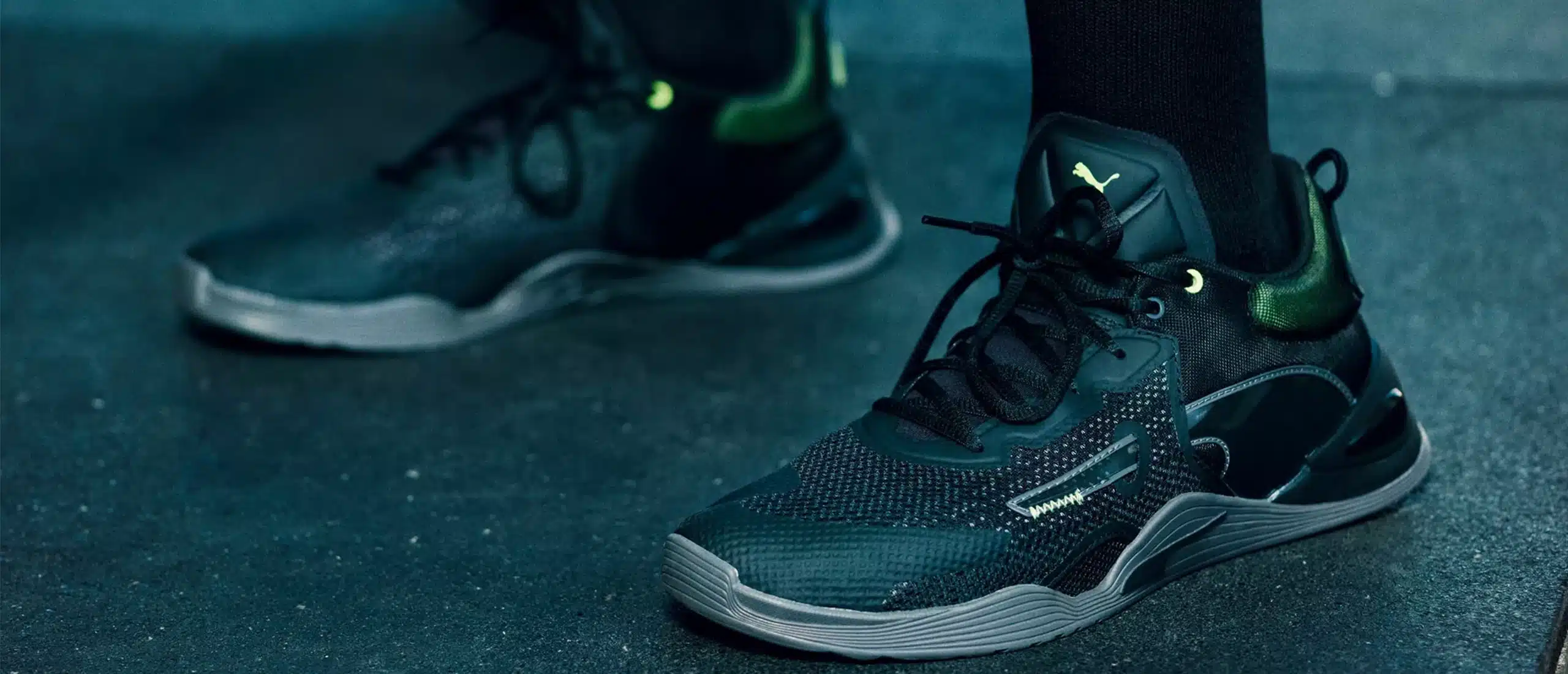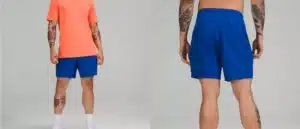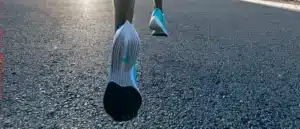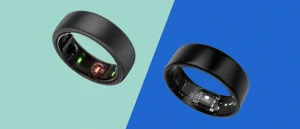These Might Be the Best Affordable Gym Shoes You Can Buy
Puma is a decidedly second-tier brand, lagging behind the Adidas and Nikes of the world. But with fitness trends comes opportunity, and Puma has leapt at the training shoe category with a budget friendly training shoe that’s meant to go toe-to-toe with Nike’s popular Metcon sneaker: the Puma Fuse Training Shoe.
The Puma Fuse, listed at $90, is significantly more affordable than almost all of its training- and weightlifting-minded peers. But is it any good? I wore a pair through squats, deadlifts, agility work, and brief cardio exercise to find out.
Looking for more gym shoe testing? Check out our guide on the subject. Every product we recommend is tested, reviewed, and compared against the competition.
What are Puma Fuses?
Puma’s Fuse sneaker came out early 2021 as the brand’s first stab at a cross-training or gym shoe. Up until the Fuse’s release, Puma was primarily focused on general lifestyle shoes, running shoes, and some sport-specific footwear.
The Fuses are mid-top shoes with a number of design features that enable the wearer to lift, bound, and move efficiently and safely.
We also named the Puma Fuse our best budget gym shoe in our guide to the category.
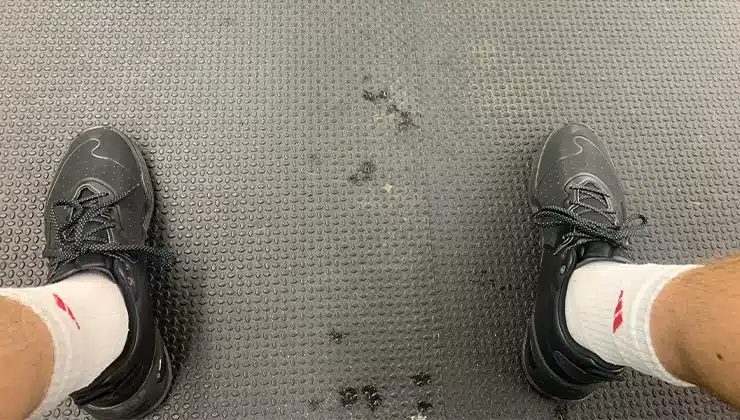
What’s Good About the Puma Fuse Training Shoes?
Perfect for weightlifting
There isn’t an overly clear definition of what a “cross training” shoe is. They’re generally understood to be designed for a mix of weightlifting exercising and movement-focused weight exercises like CrossFit, or some HIIT workouts. The Puma Fuses are more than serviceable in the latter department, but they excel when moving around a lot of weight.
For starters, there is very little room between the footbed and the ground (around 4mm), which made me feel attached to the floor and extremely stable. The heel is also slightly wedged, lifting your ankle just a bit upward, which aids in the performance of adequately deep squats. This is especially helpful for folks (like me) with limited ankle mobility. And while the shoe is tight through the mid-foot and heel, it opens up around the toe, allowing your foot to spread naturally when under heavy loads.
Very good for movement work
Though the design isn’t as inch-perfect for agility-driven exercise as it is for squatting, deadlifting, and general stability, it’s still quite effective as a proper cross-trainer.
The mid-top ankle height provides ample support for quick changes of direction, hopping from one leg to another, and rather aggressive stretching. I was skeptical of the all-direction grip on the base of the shoe because many cross-trainers opt for one- or two-direction grips, but it worked perfectly fine. It also can’t be understated how quickly these shoes break in. I’ve tested other trainers that can take a month or more of hard workouts before they soften up and mold to my feet, whereas the Fuse felt like it was suction cupped onto me on the second or third wear. This may be because there’s limited cushioning in the insole, I’m alright with that.
They’re great value for the money
I’m choosing my words carefully here. At $90, Puma Fuse training sneakers are not cheap—they’re affordable. From a construction standpoint, I can’t point to a single thing that suggests the brand is cutting corners any more than Nike, Adidas, Reebok, and the rest. Yes, there is a design feature or two I’d like to see improved, but they are not cheap-feeling shoes.
Compare the $90 retail price (which is frequently marked down online) to $130 for the Nike Metcon, $135 for Reebok’s Nano x2, or $130 for Adidas Dropsets and it’s clear that Puma is aiming low on these, and it just works.
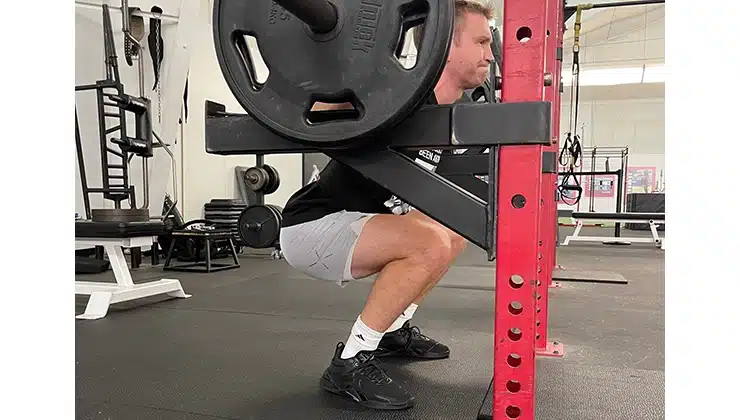
What’s Not Good About the Puma Fuse Training Shoes?
Sizing headaches
There’s no doubt in my mind that sizing is the chief issue with this shoe. I ordered a 9 at first, which is my size in all true-to-size shoes, and I couldn’t get my foot in at all. It was literally stuck halfway in. I returned the shoes (Puma accepts free returns), went a full size up, and the shoe is still very tight in certain areas (more on that later). My advice for shoppers: go one size up, at least.
It should be said that Puma does leave a disclaimer on the product’s shop page that the shoe runs small, but it’s very easy to miss and the issue is far too significant to be remedies in a sentence of small text between color options and size selection.
Mid-foot squeeze
The shoe is very tight through the middle of the foot. This is by design, because mid-foot and heel security is what creates the stability that makes the shoe great for weightlifting and other exercises. But I’d argue Puma could achieve that same “locked down” feeling with a gentler transition from mid-foot to toe box, the latter of which widens a bit too quickly, which makes you feel like you’re falling forward a bit even when you’re on your heels.
Connected to the previous sizing woes, if you have an extra-wide foot I’d recommend a full size-and-a-half up from your regular buy to avoid any circulation issues.
Running woes
Simply put, these shoes are not fit for running any significant distance. I put a few miles on them for the sake of testing, and I was begging for my beater running shoes by the end. Because they’re so light on cushioning and bounce, strides feel heavier landing on the pavement than they should. There’s not much of an issue with a mile or so every once in a while, but don’t buy these expecting to rack up 4- or 5-mile runs in them.
The Experience
My first experience with this shoe was decidedly annoying. I pulled them out of the shoebox and slipped them onto my feet. Or, I slipped them onto half my feet.
The size 9 I ordered was way too small for my usually-size-9 feet. Like, bizarrely mis-sized. I checked the side of the shoebox and under the tongue of the shoe to make sure they were actually size 9s. They were, and I returned them for a size 10, which arrived two or three days after I sent them back.
Once I was able to put them all the way on my feet, things improved. For one, I like how they look quite a bit. I’ve read others suggest they’re a bit boring, but I’m not out to make myself seen at the gym. They also look like basketball shoes from the early 2000s to me, which is admittedly a big nostalgia factor.
Most of my personal workout regimen is traditional weightlifting with a bit of agility and mobility work sprinkled on top. These shoes are perfect for that.
The first day I put them through was a long leg day—high-bar squats, front squats, split squats, weighted lunges, hip thrusts, etc. There were zero issues. The slightly wedged heel, tight mid-foot, and wide toe box worked well to keep the barbell centered over the middle of my foot through my squats. The front of my feet had run to widen a bit, as they do under load, but I didn’t feel like I was losing balance at all.
I especially liked them during dumbbell sets, where I tend to feel a little less stable than I do with a barbell. Where I usually wobble a bit during split squats, my feet were firmly planted to the ground in the sets I worked through in them.
Deadlifting in them was a similarly good experience. Like the squat, the interior shape of the shoe does a lot of work to keep you driving through your mid-foot on deadlifts. As someone with a tendency to sit too far back on deads, this is extremely useful. I don’t deadlift (315 lbs) or squat (285) loads of weight, but I think the stress I put the shoes under shows the shoes adequately handle heavy loads without issue.
I also did a series of HIIT classes wearing them, and was pleasantly surprised by the balance and stability I found even while moving laterally. It’s somewhat common for a good lifting shoe to be pretty poor when it comes to supporting quick movements, and while I would not recommend running long distances in these, they’re more than enough to get you through movement-focused training without injury or foot soreness.
Overall, if I didn’t know the price before getting some reps in them, I’d have guessed they were closer to $150 than the list price of $90. That can only be a good thing, in my opinion.
The Competition
The king of the cross-training category is the Nike Metcon ($130). Its mix of stability and responsiveness is undisputed, and it’s Nike so folks are generally inclined to like it more. I personally enjoyed powerlifting movements wearing the Puma Fuses more than the Metcons, but the Metcons are the better shoe for agility workouts and especially if you plan to throw in a light jog at the end of workouts.
Reebok’s popular Nano x2 ($135) are another contender. Because of the significantly height between foot and ground when wearing the Nano x2, I prefer Puma’s Fuse shoe for stationary lifting. I’d also take a pair of Fuses before the Reeboks for weighted lower-body movements like lunges, split squats, and so on. But if I wanted my cross-training shoe to accommodate consistent running, I would definitely get the Nano x2s, which offer more responsive and cushioned strides than the Pumas.
It’s worth mentioning both of these shoes (and others you might compare the Pumas to) are $40 and $45 more respectively. To some, that’s not nothing.
The Bottom Line
After wearing Puma’s Fuse training shoes through a number of different workouts, I’d recommend them to anyone looking for a great weightlifting shoe that works well for HIIT sessions and light cross-training. If you plan to run in them, look elsewhere.


